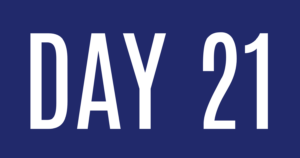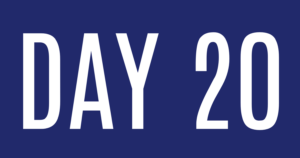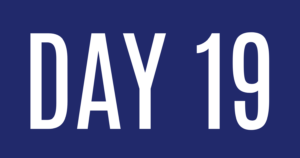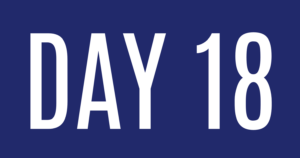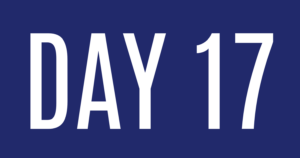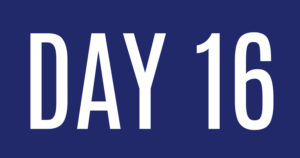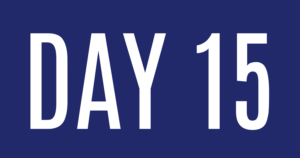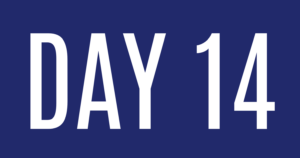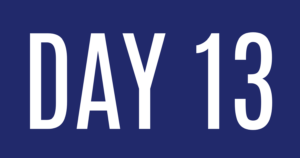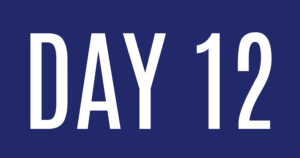[su_label type=”info”]IMPACT WEEK[/su_label]
More than 1 in 3 households in our region are either in poverty or struggling to make ends meet. United Way works to help these vulnerable families and individuals become financially stable.
Editor’s note: We’re celebrating Impact Week—highlighting how support for United Way is changing lives. Read our Impact Week overview here. Also, check out our previous blog on progress in Education.
“ALICE households aren’t looking for handouts. They’re looking for support systems and services that allow them to build their own pathways to financial strength,” said Matt Lynn, Director of Community Impact. ALICE stands for Asset Limited, Income Constrained, Employed—what was once called the “working poor.”
United Way set two priorities for its Income focus area: stable and affordable housing; and workforce and income supports for ALICE individuals. Currently, United Way funds 21 programs through 13 partner agencies, investing $1,229,500 annually in strategic grants. [See all of United Way BCKR’s investments, partnerships and collaborations here.]
Making Headway
An interim study by AGS Data LLC on behalf of United Way BCKR shows progress. The study looked at changes through United Way programs and partners from November 2016 through June 2017. Here are some highlights:
• 441 people enrolled in job readiness and advancement training to obtain work-related credentials. 71.2 percent completed their training and earned those credentials.
• Success rates for individuals living in low-income neighborhoods in the Kalamazoo and Battle Creek communities who enrolled in job readiness programs were between 65.8 percent and 81.3 percent.
• Advancement training led to higher wages and earned income among ethnic and gender groups, including Asians/Pacific Islanders (62.5 percent), multi-racial workers (61.1 percent) and women (54 percent). Greater focus on advancement training for African-American workers, 30.9 percent of whom reported better income, will enhance their opportunities.
• Of 36 Hispanic individuals enrolled in these programs, 36.1 percent saw their incomes rise, and 22.2 percent reported upticks in both income and net asset value.
These results serve as a snapshot of progress; a comprehensive report for the full program year is due in 2018. United Way BCKR will gather and report data on a continual basis.
“National research shows that if we help more families become financially stable, with stable and affordable housing, our region will see stronger economic success, better school performance among vulnerable children, and higher graduation rates,” said Lynn. “Those are great reasons to stay focused on our work in this area.”
Click on the following links for a summary of our progress in Income and a geospatial map:
Income Progress Report UWBCKR 10 2017
Income Geospatial Map UWBCKR 10 2017
Tomorrow: Saving More Babies

